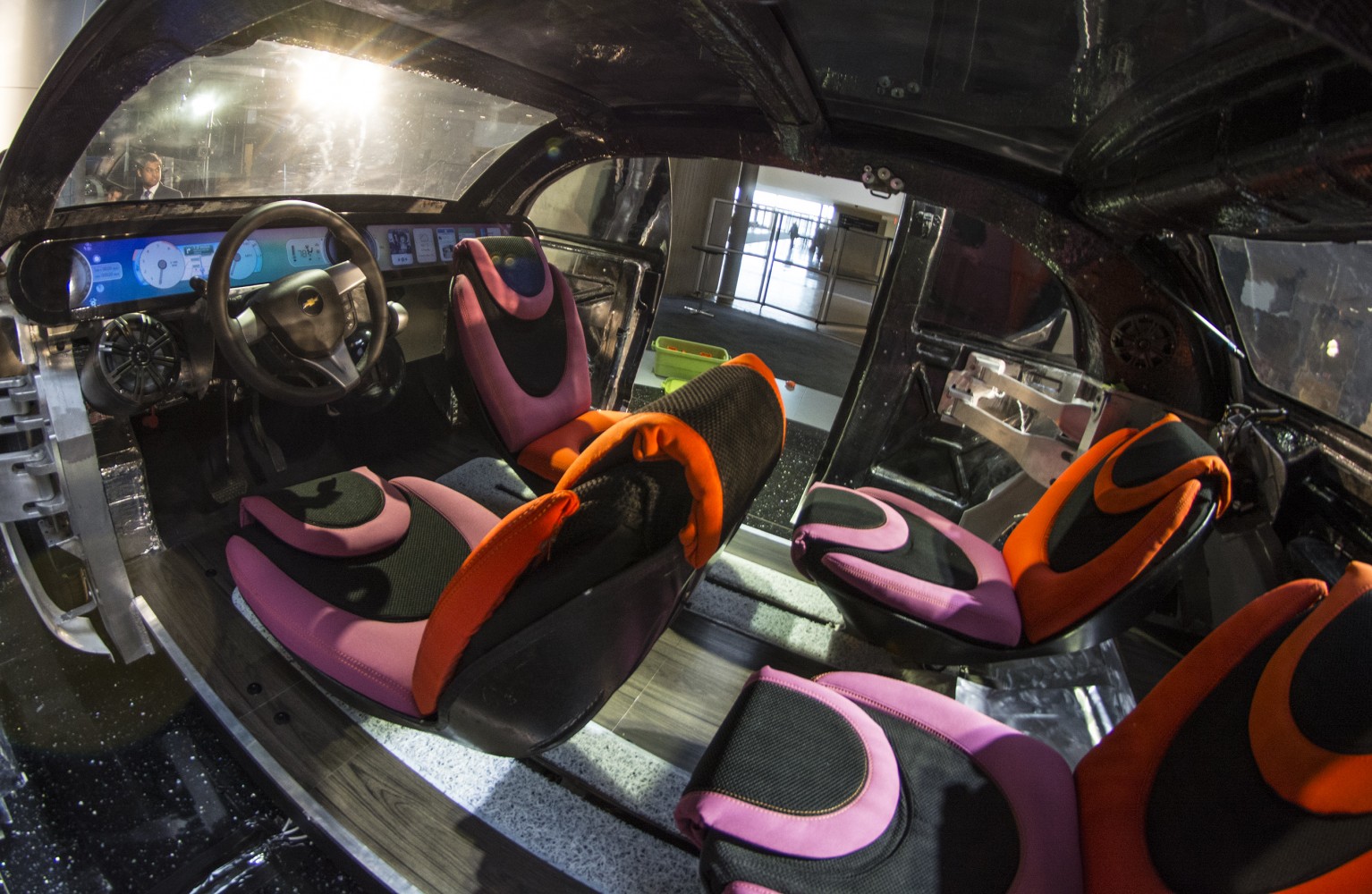
Dow Automotive Systems is collaborating with Clemson University's International Center for Automotive Research (CU-ICAR) to develop a lightweight futuristic vehicle using Dow’s structural adhesives.
This year's car, the Deep Orange 5 vehicle, is focused on achieving personal urban mobility for so-called mega-cities in 2020 and uses Dow Automotive Systems Betaforce and Betamate structural adhesives to bond aluminum and carbon fiber composite for body panels and the vehicle structure.
Epoxy resins from Dow Automotive Systems were also used for the upper body structures that were produced via a resin transfer molding on a carbon fiber pre-form. The carbon fiber and epoxy materials enabled weight savings and helped create a lower center of gravity for the vehicle.
Important goals
‘To help the Deep Orange development team achieve their lightweighting goals, Dow Automotive Systems created a customized formulation of a Voraforce epoxy resin matrix system,’ said Allan James, composite structures marketing manager at Dow Automotive Systems. ‘This enabled the Voraforce to offer an adjusted cure time to work with the Deep Orange development system.’
‘Working with the experienced team and proven materials from Dow Automotive Systems gave us great insight and helped us achieve some of our most important goals,’ said Dr Paul Venhovens, BMW endowed chair in systems integration at CU-ICAR. ‘We were pleased to successfully bond dissimilar substrates and get an epoxy system for the carbon fiber structures that would support our production capabilities. We look forward to working with Dow Automotive Systems again on the Deep Orange 6 vehicle.’
This story is reprinted from material from Dow Automotive Systems, with editorial changes made by Materials Today. The views expressed in this article do not necessarily represent those of Elsevier.
